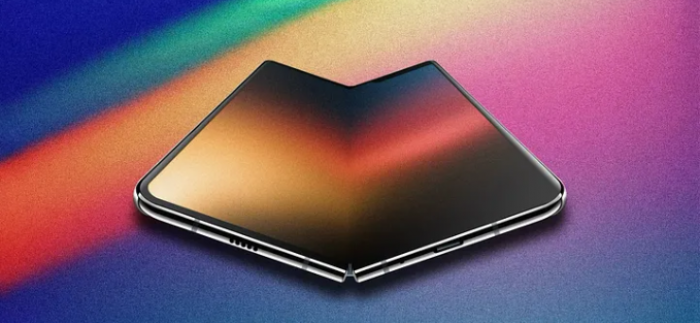Apple’s long-rumored foldable iPhone may finally hit the market in 2026, according to trusted analyst Ming-Chi Kuo. While competitors like Samsung and Huawei already dominate the foldable space, Apple appears to be taking its time to fix what others haven’t: screen creasing, hinge durability, and overall usability.
A Foldable iPad-Mini Style iPhone?
The device is expected to feature a 7.9 to 8.3-inch display, making it feel more like a compact iPad mini than a traditional iPhone. Apple’s aim is clear—enter the foldable market only when the technology is refined, not experimental.
Samsung Display in the Supply Chain
Apple has reportedly placed early display orders with Samsung Display, signaling a major component partnership. Samsung is the leader in foldable OLED tech, and its experience may help Apple avoid common hardware failures.
Eliminating the Crease
One major innovation could be Apple’s new hinge design. To eliminate the visible crease found in other foldables, Apple is reportedly using a waterdrop-style hinge—a technique that reduces stress on the display and makes the fold nearly invisible.
A Bigger Foldable May Follow
Alongside the foldable iPhone, Kuo hints at a possible 20.3-inch foldable MacBook or iPad, possibly launching around the same time. It may feature macOS, merging tablet portability with desktop performance.
High-End Pricing Expected
The foldable iPhone will likely launch above $1,500, entering Apple’s ultra-premium category. It won’t replace any current iPhones but will create a new tier, similar to how the Pro Max line expanded the product range.
Why Apple’s Timing May Be Perfect
By waiting until 2026, Apple can avoid the early foldable pitfalls—fragile displays, clunky hinges, and limited software support. If successful, Apple’s version could finally make foldables mainstream for everyday users.
The Takeaway
Apple’s foldable won’t be first—but it might be the first that gets it right. With Samsung tech under the hood and Apple’s signature polish, 2026 could mark a major leap in mobile design.
Post Comment
Be the first to post comment!


